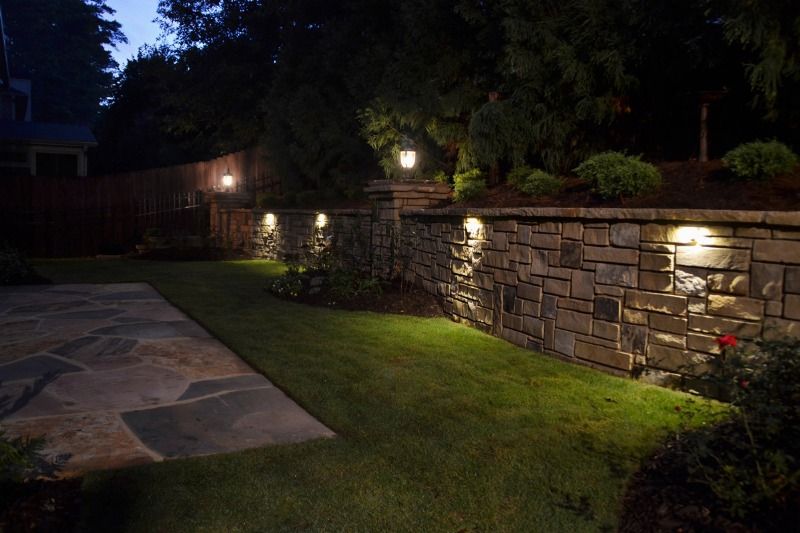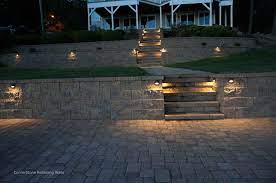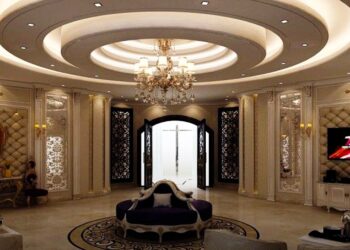Explore the harmony of beauty and utility in retaining wall design, striking a balance between form and function for landscape perfection. In the realm of landscaping and architecture, retaining walls serve a dual purpose: they provide structural support while also contributing to the aesthetic appeal of outdoor spaces. These structures play a crucial role in managing soil erosion, creating leveled areas, and enhancing the overall landscape design. However, achieving a harmonious balance between form and function in retaining wall design requires careful consideration of various factors.
Function in Retaining Wall Design:
Functionality is paramount when it comes to retaining walls. These structures must effectively hold back soil and prevent erosion, especially in sloped areas. Proper engineering and construction techniques are essential to ensure stability and durability. Drainage considerations are also critical to prevent water buildup behind the wall, which can lead to pressure exertion and structural failure over time.
While functionality is non-negotiable, aesthetics should not be overlooked. Retaining walls can significantly enhance the visual appeal of outdoor spaces, adding texture, depth, and character to the landscape. Incorporating elements of design such as color, texture, and shape can transform a utilitarian structure into a focal point that complements the surrounding environment.

In retaining wall design, function is paramount, serving as the foundation upon which the entire structure is built. Functionality encompasses the wall’s ability to effectively resist the lateral pressure exerted by soil, preventing erosion and maintaining stability. Engineers meticulously calculate factors such as soil composition, slope angle, and water drainage to ensure optimal performance.
One key aspect of balancing form and function in retaining wall design is the choice of materials. Traditional materials like concrete and stone offer durability and strength, making them ideal for structural support. However, advancements in technology have introduced a wide range of options, including modular block systems, wood, and even recycled materials like composite lumber.
Each material has its own aesthetic qualities, allowing designers to create retaining walls that blend seamlessly with their surroundings. For example, natural stone retaining walls evoke a sense of timeless elegance, while modular block systems offer versatility and ease of installation. Wood retaining walls can impart a warm, organic feel to the landscape, particularly in rustic or contemporary settings.
In addition to material selection, attention to detail in design can elevate the visual appeal of retaining walls. Incorporating curves, terraces, and planting pockets can soften the appearance of the structure and create visual interest. Strategic placement of lighting fixtures can also enhance the nighttime ambiance, casting dramatic shadows and highlighting architectural features. Smart landscaping integrates retaining walls seamlessly into the natural environment, enhancing both aesthetics and functionality.
Moreover, integrating greenery into retaining wall design can further enhance its aesthetic appeal while promoting environmental sustainability. Planting native vegetation or incorporating vertical gardens along the face of the wall can soften its appearance, blur the lines between structure and landscape, and provide habitat for wildlife. Green walls also offer ecological benefits such as improved air quality and reduced urban heat island effect.
Ultimately, achieving a successful balance between form and function in retaining wall design requires collaboration between landscape architects, engineers, and clients. By prioritizing both structural integrity and aesthetic appeal, designers can create retaining walls that not only serve their practical purpose but also enhance the overall beauty and usability of outdoor spaces.
Conclusion
Retaining wall design play a vital role in landscape , providing structural support while contributing to the aesthetic appeal of outdoor environments. Balancing form and function in retaining wall design involves careful consideration of materials, construction techniques, and aesthetic elements. By integrating innovative design strategies and sustainable practices, designers can create retaining walls that are both visually stunning and functionally effective, enriching the beauty and utility of outdoor spaces for years to come.








Comments 1